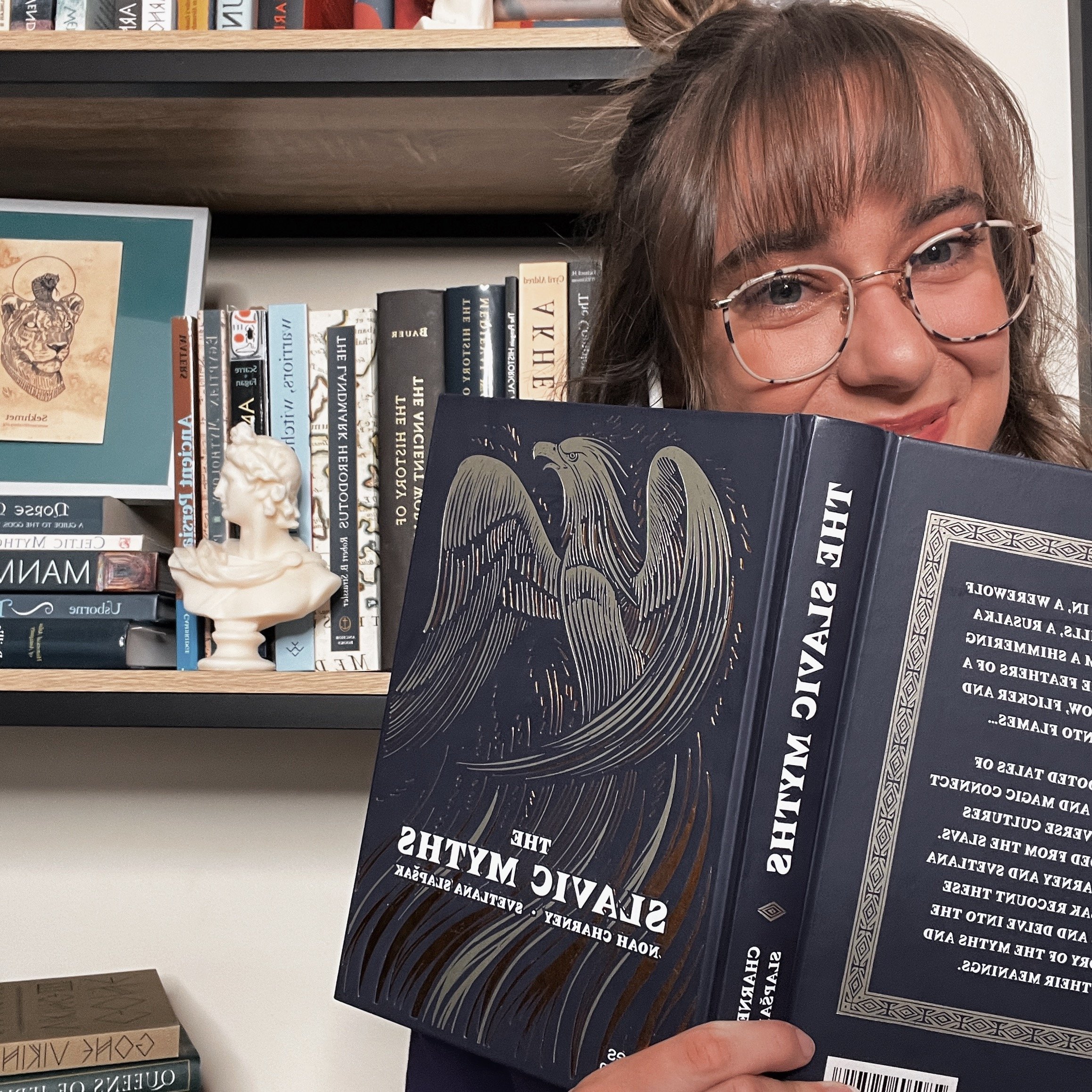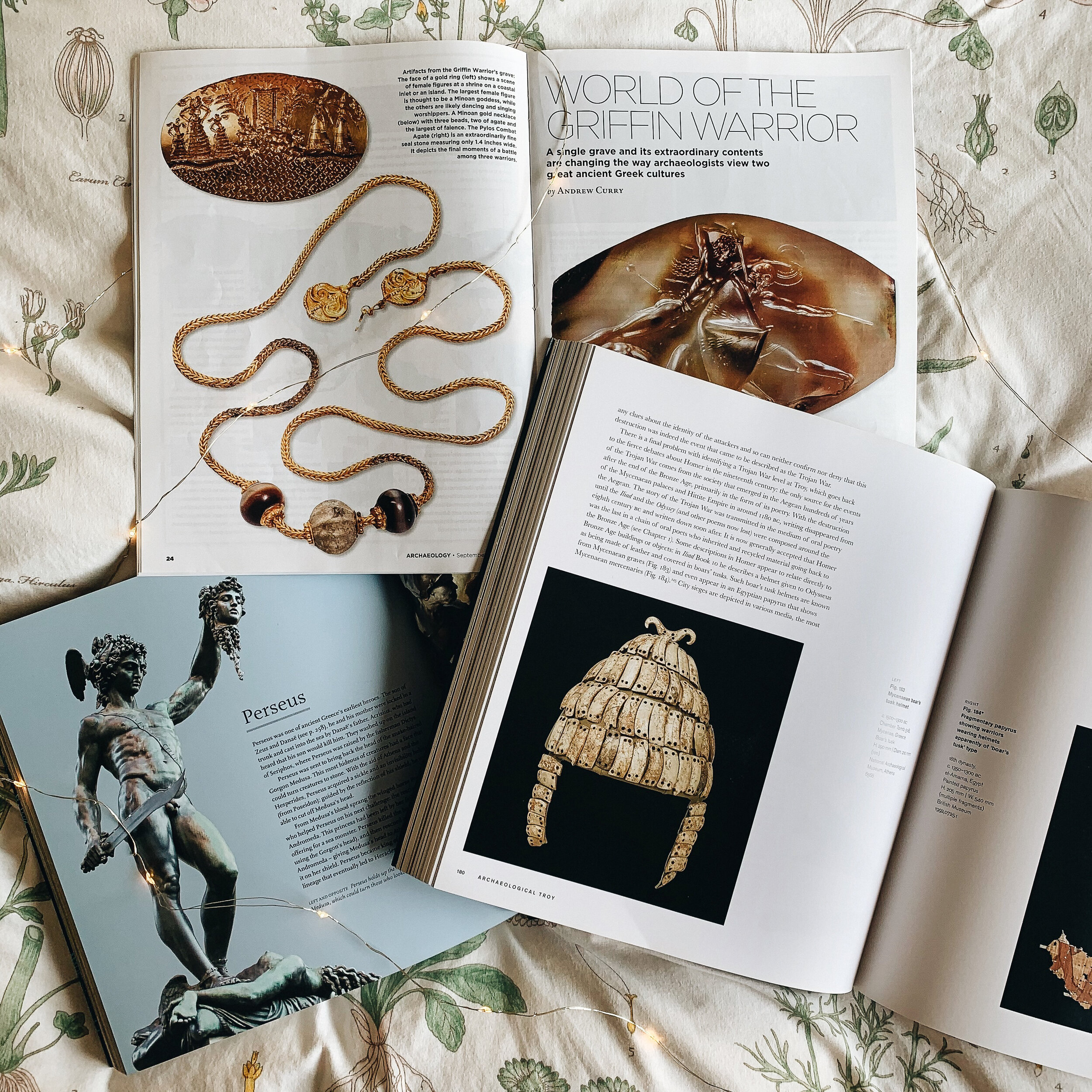★★★★☆ | Book 48 of 2024 — another exquisite book from Katherine Pangonis.
Twilight Cities: Lost Capitals of the Mediterranean is Katherine Pangonis’s second book, with her first being Queens of Jerusalem: The Women Who Dared to Rule. Twilight Cities is dedicated to the history of five prominent and ‘lost’ cities from history: Tyre, Carthage, Syracuse, Ravenna, and Antioch. This book seamlessly blends Katherine’s personal experiences and travels through the modern areas and ancient remains of these once glittering jewels of the ancient and medieval world, and the sweeping histories of each of the cities from their inception to their decline and transition into modern spaces. Interwoven through the historical and archaeological evidence for these places are the myths and legends, most significantly their founding stories and legendary figures associated with them. Katherine’s sparking prose sweeps the reader along for the ride, as if you were walking alongside her.
The book has been dedicated both to the people of the Mediterranean that Katherine came across on her travels, but also those who lost their lives and livelihoods during the devastating earthquakes of 2023. This catastrophic event that rocked the city of Antakya (ancient Antioch) is often referred to through her own personal experience with the natural disaster, and essentially becomes another layer in the long history of the city. It gives the reader a feeling both of sadness, and of heightened awareness of the ‘sameness’ of the ancient world and the modern.
The names of Tyre, Carthage, Syracuse, Ravenna and Antioch have endured, but the true reality of the ancient cities have been lost. These cities are not the same as they were, and their glory has dimmed. But a city only dies when the ideas it was built with fade, as much as when fires tear down its walls or earthquakes shatter them. The ideas of these cities have persisted. Their memories remain. Not always necessarily in the minds of the residents, but preserved in texts, and the stone monuments that still grasp the earth around the Mediterranean. The air in these cities hang heavy with legend. (254)
Each chapter, which is dedicated to a different city, begins with Katherine’s personal history of the city. This includes her first visit to the city (such as her first visit to Syracuse at the age of twenty-one), and also gives the reader an insight into the city today and what you might expect to see if you were to visit. Then, each city is explored chronologically, starting with the founding of the city (both real or mythological), and then moves through time to the present day. By the end of the chapter, the reader is left with an intimate knowledge of the changes the city has gone through, it’s periods of strength and weakness, and all of the different groups of people who one called it home. This breadth of information is conveyed through the use of surviving texts with the archaeological remains of the cities.
The book is supplemented with a map at the beginning to orient the reader within the wider region, and the geographical spread of the five cities of interest, as well as an insert of colour images depicted some of the key places and people explored in the book. Additionally, each chapter starts with a quote to set the scene, and a lovely illustration. If you listen to the audiobook (well-narrated by Katherine herself), a PDF is also supplied with these supporting graphics.
I thought this was a wonderful book, beautifully written (and narrated), bringing these once glorious cities back into the limelight. Their long, and sometimes arduous histories, are recounted in a way that lets each city have its own moment to shine, but also highlights its interconnectedness with the other cities featured in this book (as well as the wider Mediterranean world). Many figures pop up numerous times and some events are mentioned in multiple chapters which allows the reader to grasp how interlinked this part of the world is, and has always been.


























